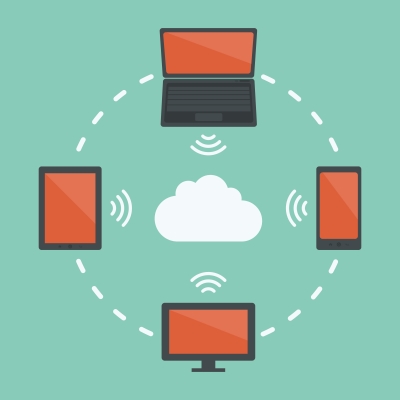Improving Site Efficiency and Interface: Make It About The User
3 min read
 A Web page that takes just four seconds to load will lose 25%, who view the site as too slow. Improving the load time of a website reduces this user loss, but it isn’t something you can do alone. While there are steps you can take to improve page loading speed, such as decreasing image file size, your hosting company largely determines your website loading time. If you’re running a Web app, your database host’s performance will directly affect the performance of your app.
A Web page that takes just four seconds to load will lose 25%, who view the site as too slow. Improving the load time of a website reduces this user loss, but it isn’t something you can do alone. While there are steps you can take to improve page loading speed, such as decreasing image file size, your hosting company largely determines your website loading time. If you’re running a Web app, your database host’s performance will directly affect the performance of your app.
Even when that page loads, you risk losing users if your website does not follow basic UX principles for information organization and efficiency. Make sure your website is working for you. A user who can’t figure out how to add or subtract items from an e-commerce shopping cart will abandon the cart and find another vendor, and one who cannot figure out where your services or prices are will find another service provider. Luckily, there are many simple ways to redesign your Web presence to increase focus on the user.
Increasing Speed
For small business owners, cloud hosts and databases offer increased speed at a lower cost than traditional web hosts. When switching providers, consider how the following will affect site efficiency:
- Downtime: Does the host experience regular downtime that would prevent users from accessing your site?
- External plug-ins: Including widgets for third-party applications like Twitter or Flickr will slow your website load time. If these widgets don’t enhance the user experience, cutting them can speed up your site.
- Server speeds: If a host runs on slow servers, no amount of optimization will decrease page load time. Since cloud-based systems are newer, they’re less likely to use slow legacy equipment that would decrease load time. Moreover, the ability to dynamically requisition more resources can ease the burden on your servers in a crunch.
Enhancing the user Experience
A usability expert can go over your Web page, testing navigation, information flow, colors and wording to clear up points of confusion for users. If you want to perform your own usability tests, there are online tools that allow you to test navigation, website interface and design. Elements to consider include:
- Images: Especially for an e-commerce site, images need to be properly sized and clearly accessible. Can a user zoom in on an image? Do you enable image caching for faster load times?
- Cohesive search: How well does your search function work? If a search returns dozens of irrelevant products, users won’t be able to find what they need efficiently. Retooling search or adding filtering functions can improve this experience.
- Navigation: Even if the navigation is clear to you, it may not be clear enough for your users. Usability tests can indicate areas of confusion that slow down users. If these points of confusion repeat, address the area or add the item to your site’s FAQ. For example, if several customers demonstrate confusion around shipping costs or shipping times, making this information more transparent will decrease confusion.
Studies have found that decreasing load time by just three seconds can potentially increase revenue by 7-12%. By focusing on your users, you can develop a reputation for excellent quality and customer service while increasing traffic and sales for higher revenue and increased conversion.





